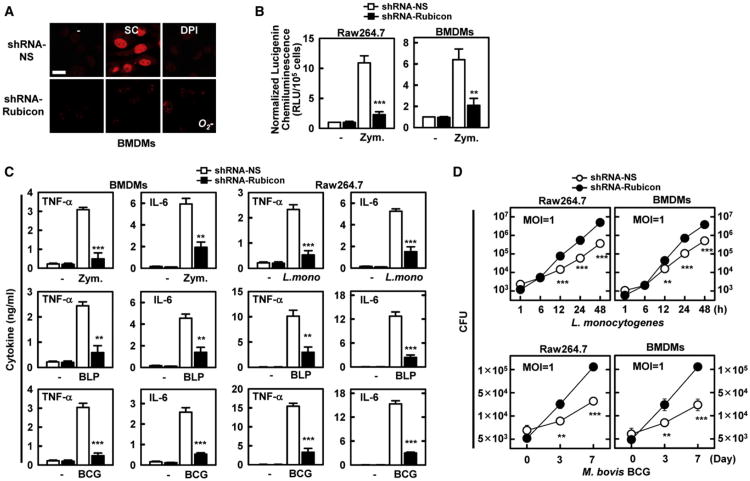Figure 5. Rubicon's Effect on ROS and Inflammatory Cytokine Production.
(A and B) Depletion of Rubicon gene expression leads to the reduction of ROS production (A) and NADPH oxidase activity (B). At 48 hr post-infection with lentivirus-shRNA-NS or lentivirus-shRNA-Rubicon (MOI = 50), Raw264.7 cells or BMDMs were analyzed for O2− production upon zymosan treatment for 30 min with or without pretreatment with DPI (A) or for NADPH oxidase activity (B) as described in Figure 4. Bar, 10 μm.
(C) Reduction of cytokine production by Rubicon gene depletion. At 48 hr postinfection with lentivirus-shRNA-NS or lentivirus-shRNA-Rubicon, Raw264.7 cells or BMDMs were stimulated with zymosan, BLP, L. monocytogenes or M. bovis BCG for 18 hr, and the supernatants were analyzed for cytokine production using ELISA.
(D) Rubicon gene depletion reduces bacterial killing activity. At 48 hr postinfection with lentivirus-shRNA-NS or lentivirus-shRNA-Rubicon, Raw264.7 cells or BMDMs were infected with L. monocytogenes (top) or M. bovis BCG (bottom) at a MOI = 1 for indicated times and then lysed to determine intracellular bacterial loads. **p < 0.01; ***p < 0.001 compared with the lentivirus-shRNA-NS culture. All data above are the mean ± SD of values from three experiments. See also Figure S5.

